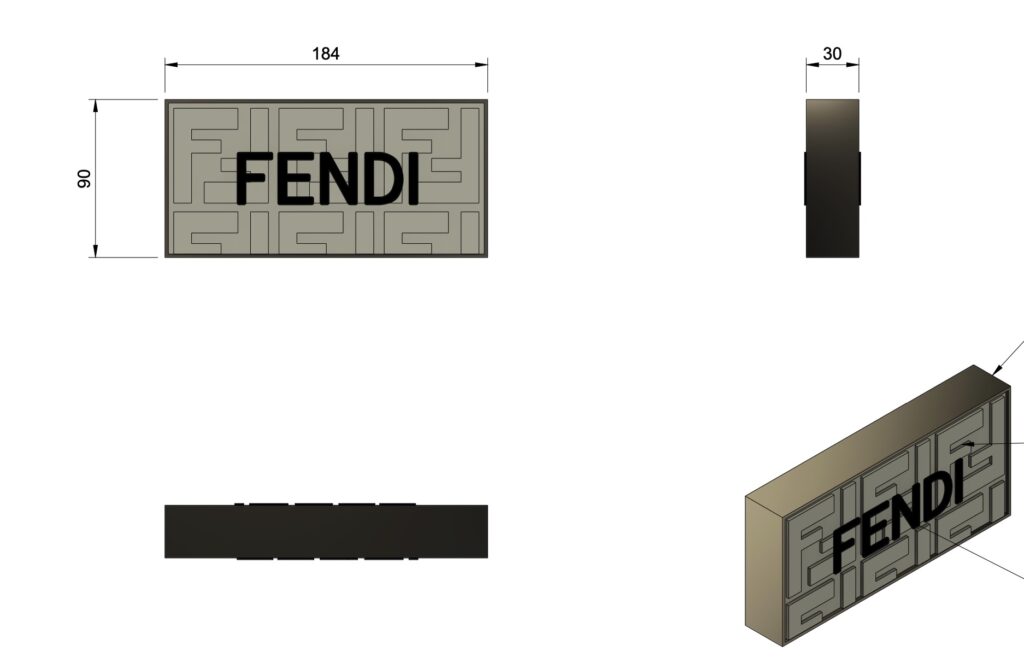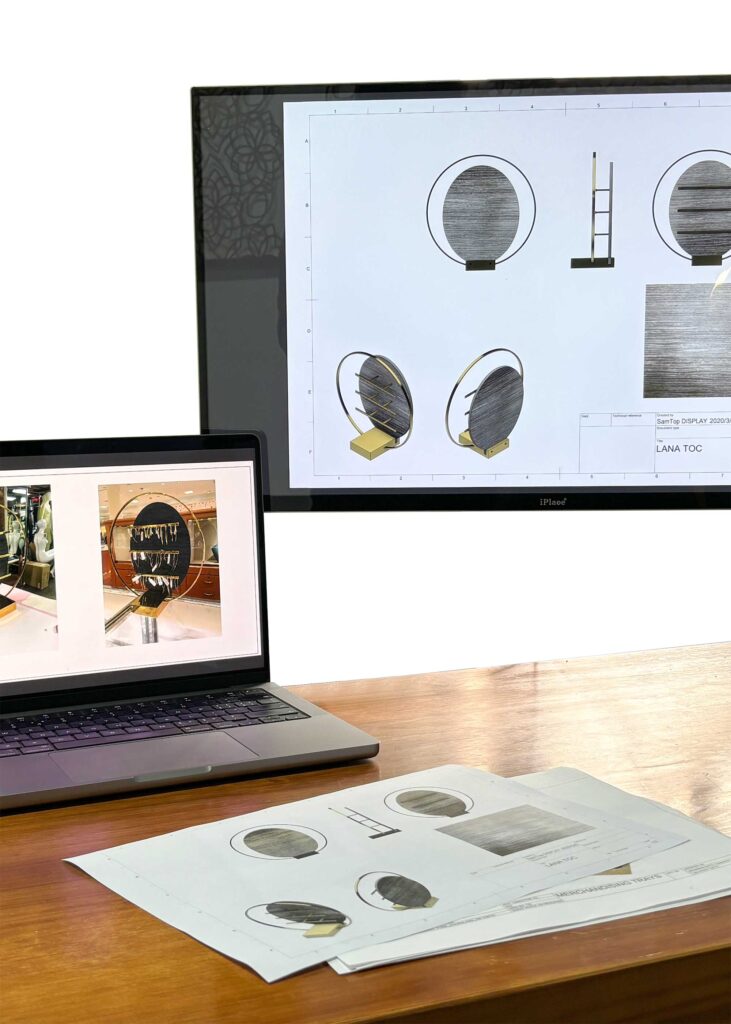What Are the Most Common Display Structure Failures (And How to Avoid Them)?

Wobbly, cracked, or broken displays damage your brand image — literally. Samtop identifies 6 common display structure failures and shares proven ways to engineer strength, stability, and safety into every design.
Table of Contents

What Are the Most Common Display Structure Failures (And How to Avoid Them)?
Even the most visually stunning retail display can fail if it wobbles, cracks, or breaks in-store.
Display structure failures not only harm brand perception — they can ruin an entire campaign.
At Samtop, we identify the root causes and engineer every unit for durability and precision. Here’s how.
⚠️ 1. Weak Base = Common Display Structure Failure
| What Goes Wrong | Why It Happens |
|---|---|
| Display tilts or falls | Base too narrow or light |
| Uneven weight balance | No counterweight or anchor |
| Traffic knocks over unit | No stabilizer / anti-tip design |
These display structure failures often occur in retail when designs skip mechanical testing.
✅ How We Fix It:
- Add weight plates or widen base
- Anti-slip pads or floor bracketing
- Balance check with real product before sampling
🎯 Every tall unit goes through tilt-resistance testing.
⚠️ 2. Assembly Misalignment — A Key Display Structure Risk
| What Goes Wrong | Why It Happens |
|---|---|
| Parts don’t fit | Wrong tolerance or missing guides |
| Forced assembly | Leads to cracks or crooked setup |
| Flat-pack fails | Poor joinery or no instructions |
✅ How We Fix It:
- Tool-free snap-fit or magnet connections
- Clear stickers & visual assembly guides
- ±0.5–1mm tolerance control across materials
🛠️ We simulate store unboxing in our testing phase.
⚠️ 3. Insufficient Weight Support
| What Goes Wrong | Why It Happens |
|---|---|
| Tray bends | Used thin or soft material |
| Shelf collapses | No inner support, ribbing, or bracket |
| Base warps | Overload from full-size product set |
✅ How We Fix It:
- Add metal brackets or crossbars
- Thicker boards or engineered composite
- Load test to 1.5–2× expected weight
🎯 “What’s the heaviest item?” is our first question in sampling.
⚠️ 4. LED / Wiring Damage in Transit
| What Goes Wrong | Why It Happens |
|---|---|
| Lights don’t work | Loose wires, poor layout, battery shift |
| Overheating | Poor ventilation or soldering |
✅ How We Fix It:
- Pre-wire in routed grooves or clips
- Use USB modules or magnetic batteries
- Foam-sealed packaging for electronics
💡 Every LED unit comes with power-on video pre-shipment.
⚠️ 5. Product Doesn’t Fit as Intended
| What Goes Wrong | Why It Happens |
|---|---|
| Bottle doesn’t sit flush | Wrong cavity or height design |
| Product leans or floats | No insert or tilt zone |
✅ How We Fix It:
- Require actual product samples in sampling
- Add risers, padding, or +2mm tolerance zone
🎯 Bad fit = bad user impression. We prototype accordingly.
⚠️ 6. Surface Damage During Assembly or Shipping
| What Goes Wrong | Why It Happens |
|---|---|
| Scratches, chips | No protective film or hard box |
| Logo rub-off | Loose parts or no separator layer |
✅ How We Fix It:
- Use foam bags, velvet wrap, anti-scratch film
- Layered packaging: base → protector → accessory
- Label: Do Not Stack / Fragile / Top Load
🧳 Export-ready packaging = fewer headaches for your logistics.
🛠️ Summary Table: Problem & Prevention
| Failure Type | Prevention Strategy |
|---|---|
| Wobble / Collapse | Add weight, widen base, test with product |
| Assembly fails | Tool-free joinery, labeled parts, QA test |
| Product too heavy | Use ribs, brackets, stronger materials |
| LED breaks | Clip wires, pre-wire, reinforce packaging |
| Fitment issues | Prototype with real product |
| Scratches / damage | Film, foam, separator layers, clear label |
🎯 Conclusion: Great Displays Need Great Engineering
Pretty isn’t enough — it must perform.
At Samtop, we design and test every display to be:
✔️ Stable
✔️ Easy to assemble
✔️ Weight-ready
✔️ Ship-safe
✔️ Durable on-site
Let’s make sure your design doesn’t fail where it matters most.
📩 Want a Structural Review of Your Display Concept?
Send us:
- Sketch or CAD render
- Product weight + dimensions
- Usage type (window, floor, counter)
- Quantity + delivery countries
To prevent structure failures, our team integrates reinforcement, fit checks, and packaging logic.
❓ FAQ about Display Structure Failures
What causes most display structure failures?
Weak bases, poor joinery, wrong materials, and inadequate packaging are top causes.
How can I avoid displays wobbling or falling?
Use wider bases, anti-slip pads, counterweights, and tilt-resistance testing.
Can Samtop simulate real-world store setup?
Yes — we conduct unboxing tests, load tests, and assembly trials in our process.
Do you test displays for product weight and fit?
Absolutely. We use real product samples and test at 1.5–2× intended weight.
What packaging protects the display best?
Multi-layer foam, anti-scratch films, clear labels like “Do Not Stack.”
🔗 Shop! Retail Display Safety Guidelines